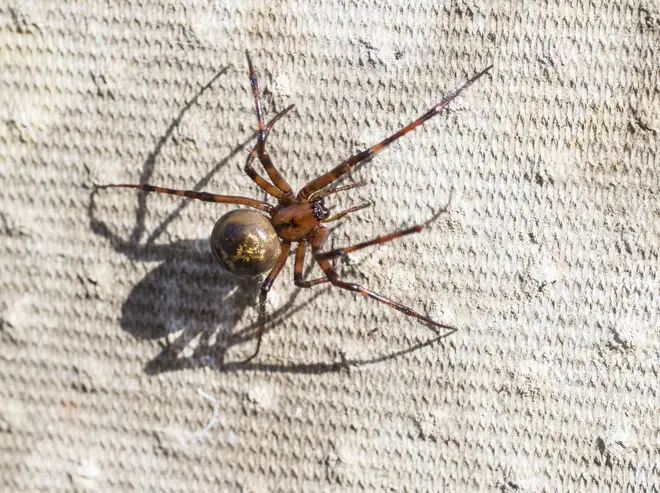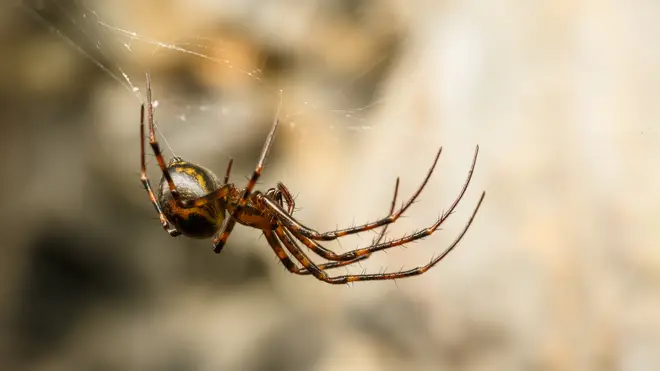How to spot a False Widow as sightings of UK's deadliest spiders on the rise
18 October 2018, 16:30 | Updated: 18 September 2019, 11:18

Numbers of the UK's only venomous spiders are thought to be on the rise with several schools temporarily closing due to infestations.
False widow spiders have caused havoc on the UK in recent months with several schools being forced to temporarily close their doors due to infestations.
While the species is the only venomous spider found in the UK, they're not thought to attack often and their bite can be treated effectively.
Here's how you can identify the false widow spider and what you should do if you receive a bite.
Read more: Four UK schools evacuated after False Widows are found
-
Its legs are reddish-orange colour
-
Females range in size from 9.5 to 14mm while males are 7 to 11mm
-
The false widow spider's body and legs have a glossy appearance
-
The false widow is of medium size with a round, brown body with cream coloured markings
-
Aside from its colouring, the species resembles the black widow spider
On the whole, a bite from a false widow will only have a mild effect on humans with bites from females typically resulting in more severe symptoms than from the male spiders.
Symptoms of a bite can include fever and intense pain.
Experts claim that the false widow species aren't usually aggressive towards humans but if they are caught in clothing, or trapped then they might lash out.


If you are bitten by a false widow spider then you must immediately wash the area with water and soap.
Then, apply bite spray or antiseptic cream to help prevent further infection.
If the symptoms get worse, then seek professional medical help as soon as possible.






















